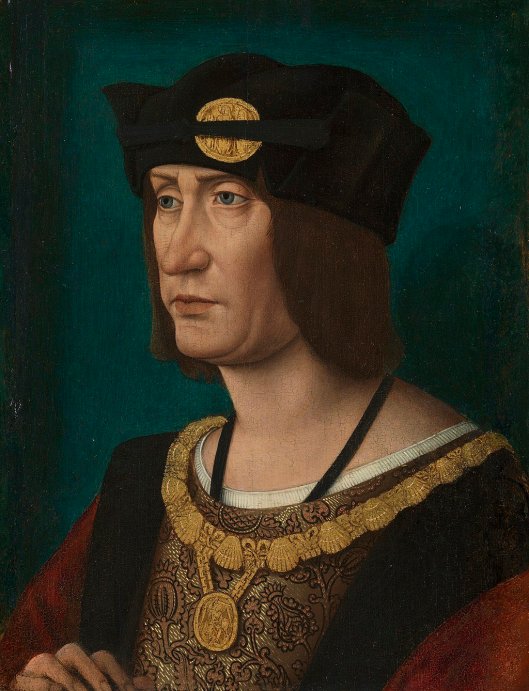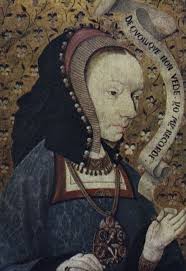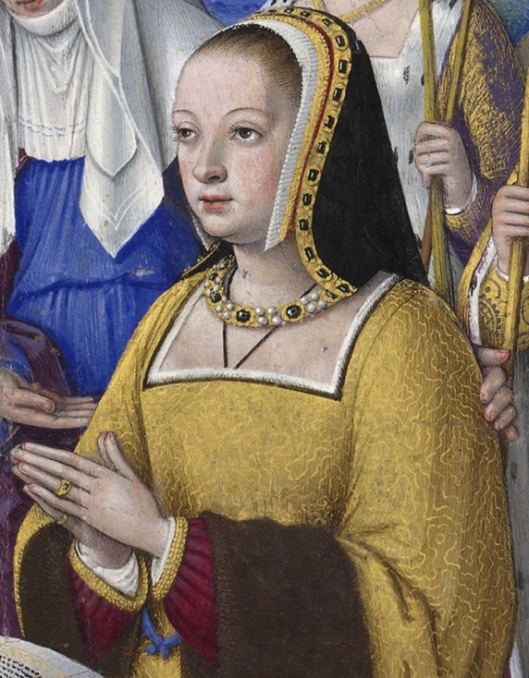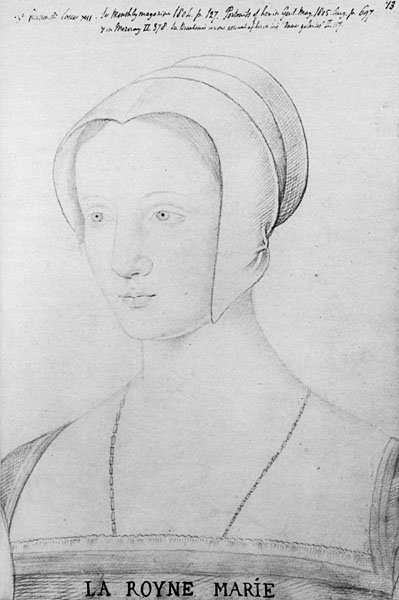Tags
Anne of Brittany, Joan of Valois, Louis XII of France, Mary (Tudor) of England, Pope Alexander VI
In 1476 Louis of Orléans was forced by King Louis XI (his second cousin) to marry his daughter Joan of France. Charles VIII (son of Louis XI) succeeded to the throne of France in 1483, but died childless in 1498, when the throne passed to Louis XII. Charles had been married to Anne, Duchess of Brittany, in order to unite the quasi-sovereign Duchy of Brittany with the Kingdom of France. To sustain this union, Louis XII had his marriage to Joan annulled (December 1498) after he became king so that he could marry Charles VIII’s widow, Anne of Brittany.

The annulment, described as “one of the seamiest lawsuits of the age”, was not simple. Louis did not, as one might have expected, argue the marriage to be void due to consanguinity (the general allowance for the dissolution of a marriage at that time).
Though he could produce witnesses to claim that the two were closely related due to various linking marriages, there was no documentary proof, merely the opinions of courtiers. Likewise, Louis could not argue that he had been below the legal age of consent (fourteen) to marry: no one was certain when he had been born, with Louis claiming to have been twelve at the time, and others ranging in their estimates between eleven and thirteen. As there was no real proof, he had perforce to bring forward other arguments.

Accordingly, Louis (much to the dismay of his wife) claimed that Joan was physically malformed (providing a rich variety of detail precisely how) and that he had therefore been unable to consummate the marriage. Joan, unsurprisingly, fought this uncertain charge fiercely, producing witnesses to Louis’s boast of having “mounted my wife three or four times during the night”. Louis also claimed that his sexual performance had been inhibited by witchcraft.
Joan responded by asking how he was able to know what it was like to try to make love to her. Had the Papacy been a neutral party, Joan would likely have won, for Louis’s case was exceedingly weak. Pope Alexander VI, however, had political reasons to grant the annulment, and ruled against Joan accordingly. He granted the annulment on the grounds that Louis did not freely marry, but was forced to marry by Joan’s father Louis XI. Outraged, Joan reluctantly submitted, saying that she would pray for her former husband. She became a nun; she was canonized in 1950.

Louis married the reluctant queen dowager, Anne, in 1499. Anne, who had borne as many as seven stillborn or short-lived children during her previous marriage to King Charles, now bore a further four stillborn sons to the new king, but also two surviving daughters. The elder daughter, Claude (1499–1524), was betrothed by her mother’s arrangement to the future Emperor Charles V in 1501.
But after Anne failed to produce a living son, Louis XII dissolved the betrothal and betrothed Claude to his heir presumptive, Francis of Angoulême, thereby insuring that Brittany would remain united with France. Anne opposed this marriage, which took place only after her death in 1514. Claude succeeded her mother in Brittany and became queen consort to Francis. The younger daughter, Renée (1510–1575), married Duke Ercole II of Ferrara.

After Anne’s death, Louis married Mary Tudor, the sister of Henry VIII of England, in Abbeville, France, on October 9, 1514. This represented a final attempt to produce an heir to his throne, for despite two previous marriages the king had no living sons. Louis died on 1 January 1515, less than three months after he married Mary, reputedly worn out by his exertions in the bedchamber, but more likely from the effects of gout. Their union produced no children, and the throne passed to François I of France, who was Louis’s first cousin once removed, and also his son-in-law.

Reblogged this on History's Untold Treasures and commented:
H/T European Royal History